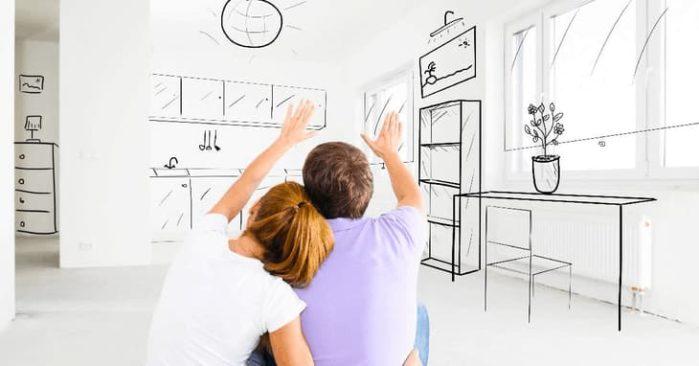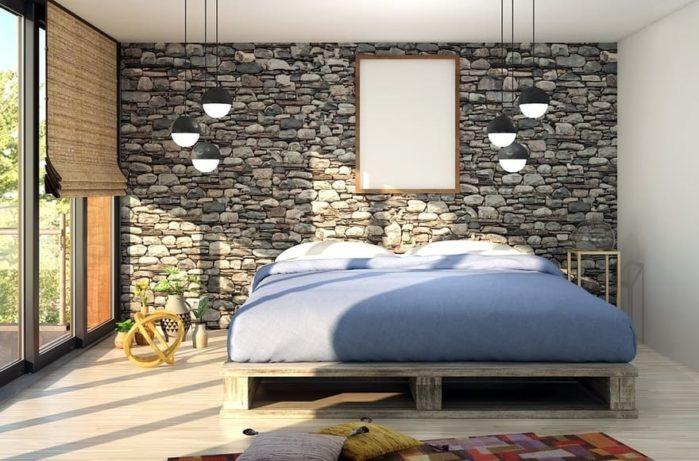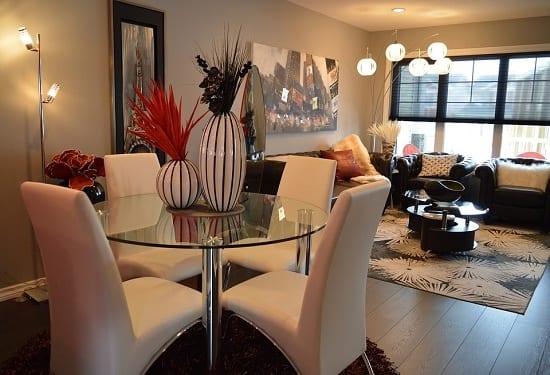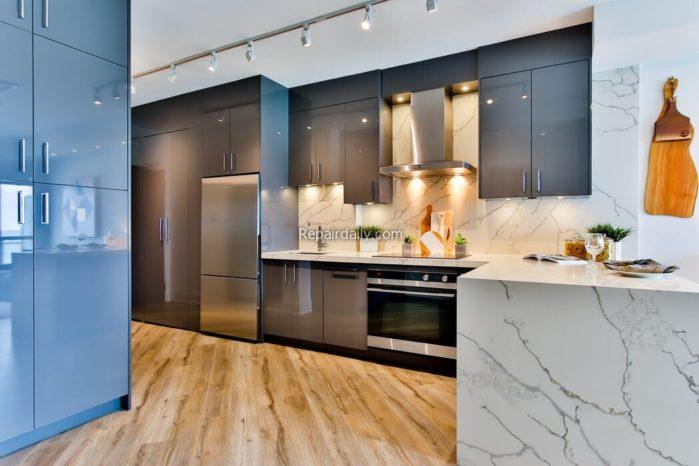
When it comes to building a custom home, there’s an undeniable allure in crafting a space that is uniquely your own. From the architectural style to the smallest finishing touches, designing a home from the ground up allows you to shape every element to fit your vision and lifestyle. But building a dream home isn’t just about creative expression; it’s a complex process that involves detailed planning, financial foresight, and a deep understanding of the real estate market. Whether you’re starting with an empty plot of land or transforming an existing property, the decisions you make during the home design process will impact not only your everyday living but also your long-term property value.

In this blog, we’ll explore key considerations for custom home design, offering insights that go beyond aesthetics to cover broader real estate market thoughts. These factors are essential to ensure your investment not only results in a beautiful home but also holds its value for years to come.
Location: The Foundation of Every Dream Home
The old adage in real estate, “location, location, location,” holds true when building a custom home. The right location is more than just a place; it’s the cornerstone of your investment. The neighborhood you choose will influence everything from the lifestyle you lead to the resale value of your property. It’s essential to consider proximity to amenities such as schools, shopping centers, parks, and healthcare facilities. At the same time, think about the future. Areas with ongoing development, infrastructure projects, and growing communities can offer long-term growth in property values.

Additionally, pay attention to geographical and environmental factors. Is the area prone to natural hazards like flooding or fires? Does the topography of the land support the type of home design you envision? For those who value sustainability, areas with access to renewable energy sources or environmentally friendly infrastructure could be appealing.
Budgeting and Financial Planning
A well-planned budget is essential in custom home design, and while you may have a dream vision, aligning that with financial realities is crucial. Real estate markets can fluctuate, and costs can spiral without proper management. It’s important to approach your budget with a sense of flexibility.
Start by setting a realistic budget that includes a buffer for unexpected expenses. Construction often brings surprises, from material shortages to changes in labor costs, so being financially prepared can prevent delays or compromises in quality. Additionally, consider the ongoing costs associated with your new home. High-end materials and energy-efficient features can reduce long-term maintenance and utility expenses, adding value to your investment.

Lastly, consulting with a financial advisor who understands both the construction industry and real estate market trends can help you strike a balance between affordability and luxury, ensuring you don’t overcapitalize in a market that may not offer the same returns.
Architectural Style and Aesthetic Preferences
Custom homes offer the unique opportunity to reflect your personal taste in every corner of the design. Whether you lean toward modern minimalism, traditional elegance, or eclectic flair, the architectural style you choose will set the tone for the entire build. But while it’s tempting to chase design trends, it’s also important to consider the longevity of your choices. Homes that balance current trends with timeless design principles tend to hold their value better in the real estate market.
Consistency is key. Ensure the architectural style flows seamlessly from the exterior to the interior, creating a cohesive look that enhances the overall appeal. For example, a home with a sleek, modern facade should carry those clean lines and minimalist touches inside. The right balance between form and function will make your home not only beautiful but also practical for day-to-day living.
Maximizing Functional Layout and Space
One of the greatest advantages of custom home design is the ability to craft a layout that fits your specific lifestyle. The flow of space plays a significant role in how comfortable and functional a home feels. While open-concept designs have dominated recent trends, they may not be ideal for everyone. Carefully assess your family’s needs, how you entertain, and how you’ll use each room before deciding on a layout.
Consider future-proofing your home with flexible spaces that can evolve with your life. A home office can later become a guest room or a nursery as your needs change. Storage is another critical element in functional design—think beyond the traditional closets and pantries. Custom built-ins, under-stair storage, and well-designed mudrooms can enhance the usability of your space without compromising on aesthetics.
Sustainable and Energy-Efficient Design
Sustainability in home design is more than a passing trend—it’s an investment in the future. As energy costs rise and environmental concerns take center stage, more homeowners are opting for green building practices and energy-efficient features. A well-insulated home with energy-efficient windows, heating systems, and appliances can significantly reduce utility bills, adding long-term value to your property.
Incorporating sustainable materials like reclaimed wood, bamboo, or eco-friendly paints not only benefits the environment but can also improve the air quality within your home. Smart home technology, such as programmable thermostats and energy monitoring systems, allows homeowners to manage energy usage more efficiently, providing both convenience and savings over time.
Choosing High-Quality Materials and Finishes
Materials matter when it comes to creating a home that stands the test of time. While it may be tempting to cut costs with lower-grade materials, this can lead to more frequent repairs or replacements down the road. Durability is just as important as aesthetics in ensuring your custom home retains its value.
Work with suppliers and builders who can provide expert guidance on selecting materials that offer both beauty and longevity. Whether it’s choosing flooring, countertops, or exterior siding, quality craftsmanship will elevate your home’s look while minimizing future maintenance. And remember, not every aspect of the home needs to be custom; a blend of bespoke and off-the-shelf finishes can help maintain balance in both budget and design.
Incorporating Outdoor Spaces
Outdoor living spaces are increasingly becoming an essential part of modern home design. A well-thought-out patio, garden, or pool area not only enhances your home’s aesthetic but also increases its overall value. Today’s real estate buyers often seek homes that offer functional outdoor spaces, especially in regions with temperate climates.
When designing these areas, consider creating a seamless transition between indoor and outdoor living spaces. Large sliding doors, covered patios, and outdoor kitchens are popular features that blend indoor comfort with the natural beauty of the outdoors. Whether it’s a small urban courtyard or a sprawling backyard, investing in your outdoor space can pay off in both your day-to-day living and future resale value.
Planning for the Future: Adaptability and Resale Value
A home that adapts to your needs over time is a wise investment. Whether you’re a growing family or planning to age in place, designing with adaptability in mind ensures your home remains functional as your lifestyle evolves. Wider doorways, single-level living spaces, and flexible room designs can accommodate changing mobility needs or family dynamics.
Additionally, while building a custom home may feel deeply personal, always consider its resale value. Features like energy efficiency, timeless design elements, and functional layouts can all contribute to a home’s appeal when it hits the market. Striking the right balance between personal preferences and marketability is key to protecting your investment in the long term.
Conclusion: Your Dream Home Awaits
Designing a custom home is an exciting journey filled with creative possibilities and important decisions. From choosing the perfect location to selecting high-quality materials, each choice plays a critical role in crafting a home that not only reflects your vision but also stands strong in the real estate market. With careful planning, financial foresight, and attention to both current and future needs, your dream home can be a beautiful, lasting investment.

